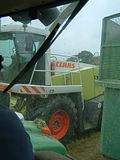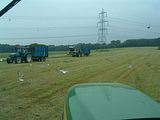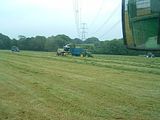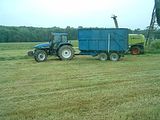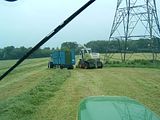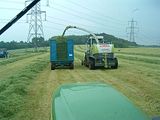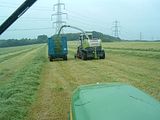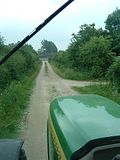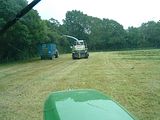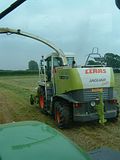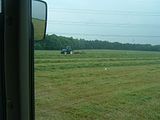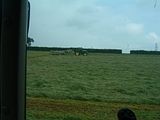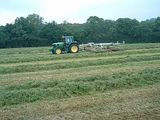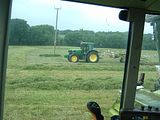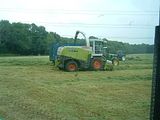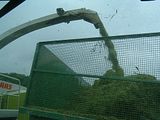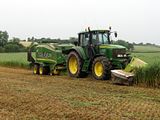chh
Veteran Member
Post some pics of that if you get a chance Deereman. I have never worked in or cut any alfalfa.
Here in Oklahoma this time of the year with the temps at or above 100 degrees I can mow grass hay in the morning start round baling it with no conditioning, tedding, or preservatives by 3 or so in the afternoon. We have been working on a schedule of cut one afternoon and bale starting before 10 AM the next morning most of the summer. We are starting to switch to a cut early and mow for about 3 to 4 hours, take a bit of a seista and go back and start baling schedule on fields that are not too large.
Here in Oklahoma this time of the year with the temps at or above 100 degrees I can mow grass hay in the morning start round baling it with no conditioning, tedding, or preservatives by 3 or so in the afternoon. We have been working on a schedule of cut one afternoon and bale starting before 10 AM the next morning most of the summer. We are starting to switch to a cut early and mow for about 3 to 4 hours, take a bit of a seista and go back and start baling schedule on fields that are not too large.
